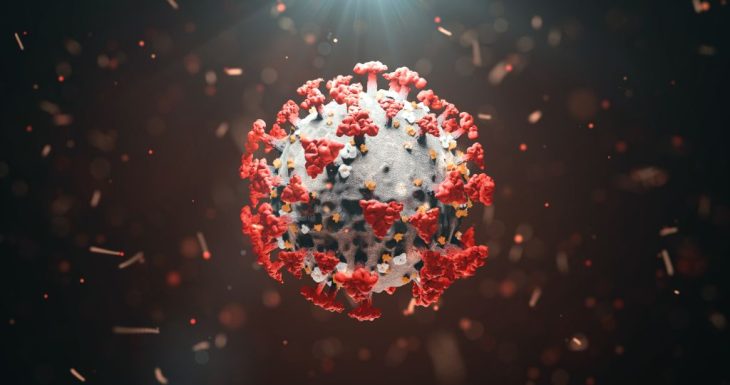As the world continues to reel under the impact of the coronavirus pandemic, novel technology helped in developing effective vaccines in record time. Scientists are now looking at tweaking and engineering bacteria to enhance the process of drug manufacturing.
Scientists at the University of Texas in the US have developed a new tool that could improve drug manufacturing in bacterial cells. While using bacteria has been suggested as a good organic alternative, detecting and optimising the production of therapeutic molecules is difficult and time-consuming.
In a new paper published in the journal Nature Chemical Biology, the UT Austin team has introduced a biosensor system, derived from E. coli bacteria, that can be adapted to detect all kinds of therapeutic compounds accurately and in mere hours.
Most of the medicine that we consume are made with ingredients extracted from plants and extraction is a complicated and resource-intensive work. Meanwhile, bacteria is a cheap, efficient and sustainable alternative and its genetic code can be easily manipulated to become factories for drug production. Bacteria’s biological systems can be harnessed to produce specific molecules as part of the natural cellular process.
“We’re figuring out how to give bacteria ‘senses,’ similar to olfactory receptors or taste receptors, and use them for detection of the various compounds they might make,” said Andrew Ellington, a professor of molecular biosciences and corresponding author on the paper.
However, manufacturers have not had a way to quickly analyze different strains of engineered bacteria to identify the ones capable of producing quantities of desired drug at commercial volumes — until now. Accurately analysing the thousands of engineered strains on the way to a good producer can take weeks or months with current technology, but only a day with the new biosensors.
“There are currently no biosensors for most plant metabolites. With this technique, it should be possible to create biosensors for a wide range of medicines,” said Simon d’Oelsnitz, a research scientist in the Department of Molecular Biosciences and the first author on the paper.
The biosensors developed by d’Oelsnitz, Ellington and colleagues quickly and accurately determine the amount of a given molecule that a strain of bacteria is producing. The team developed the biosensors for several types of common drugs, such as cough suppressants and vasodilators, which are used to treat muscle spasms.
Molecular images of the biosensors taken by X-ray crystallographers Wantae Kim and Yan Jessie Zhang show exactly how they tightly grab onto their partner drug. When the drug is detected by the biosensor, it glows. Additionally, the team engineered their own bacteria to produce a compound found in several FDA-approved drugs and used the biosensors to analyze product output, the team said in a statement.
“While this is not the first biosensor,” d’Oelsnitz said, “this technique allows them to be developed faster and more efficiently. In turn, that opens the door to more medicines being produced using biosynthesis.”


